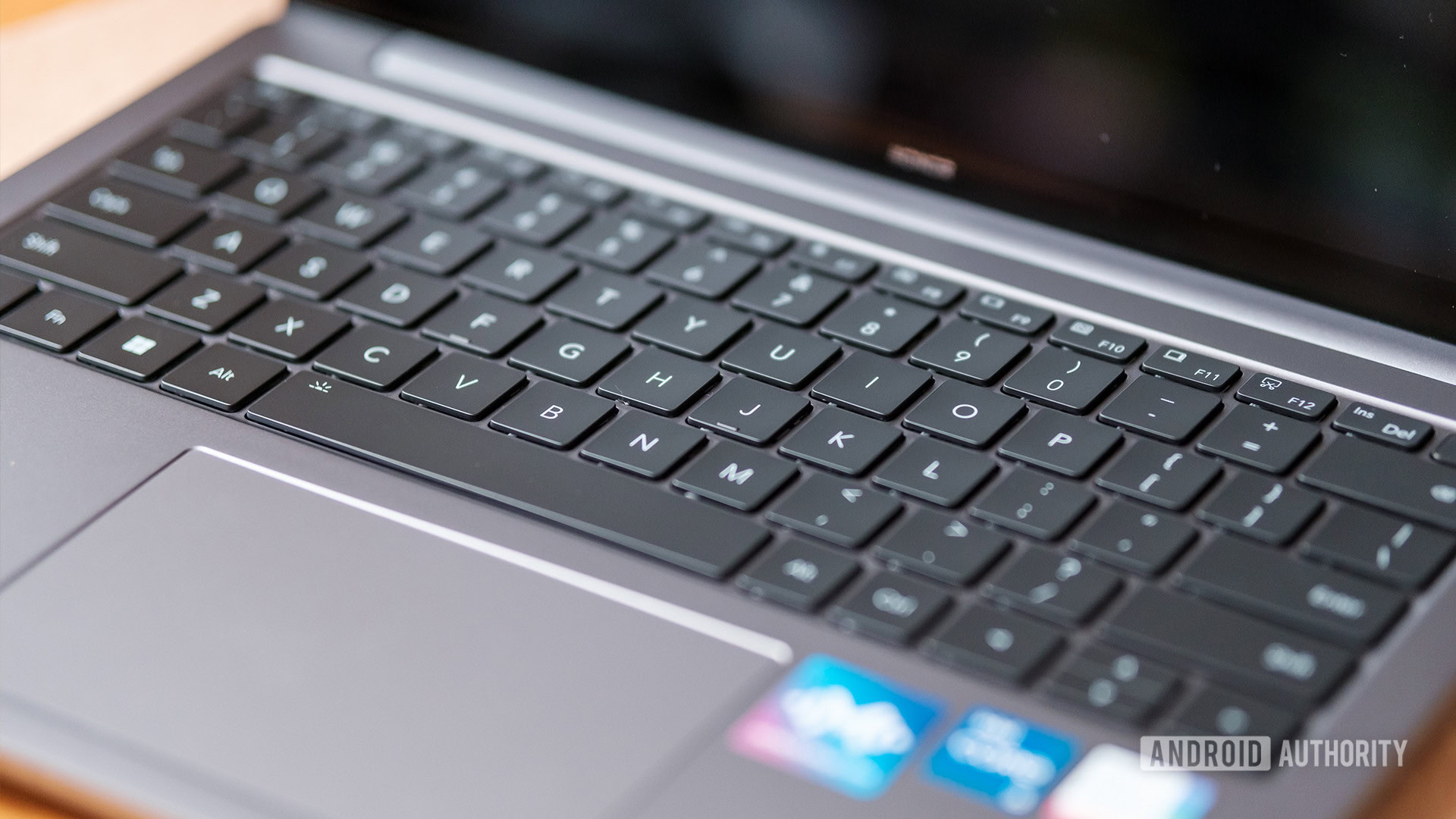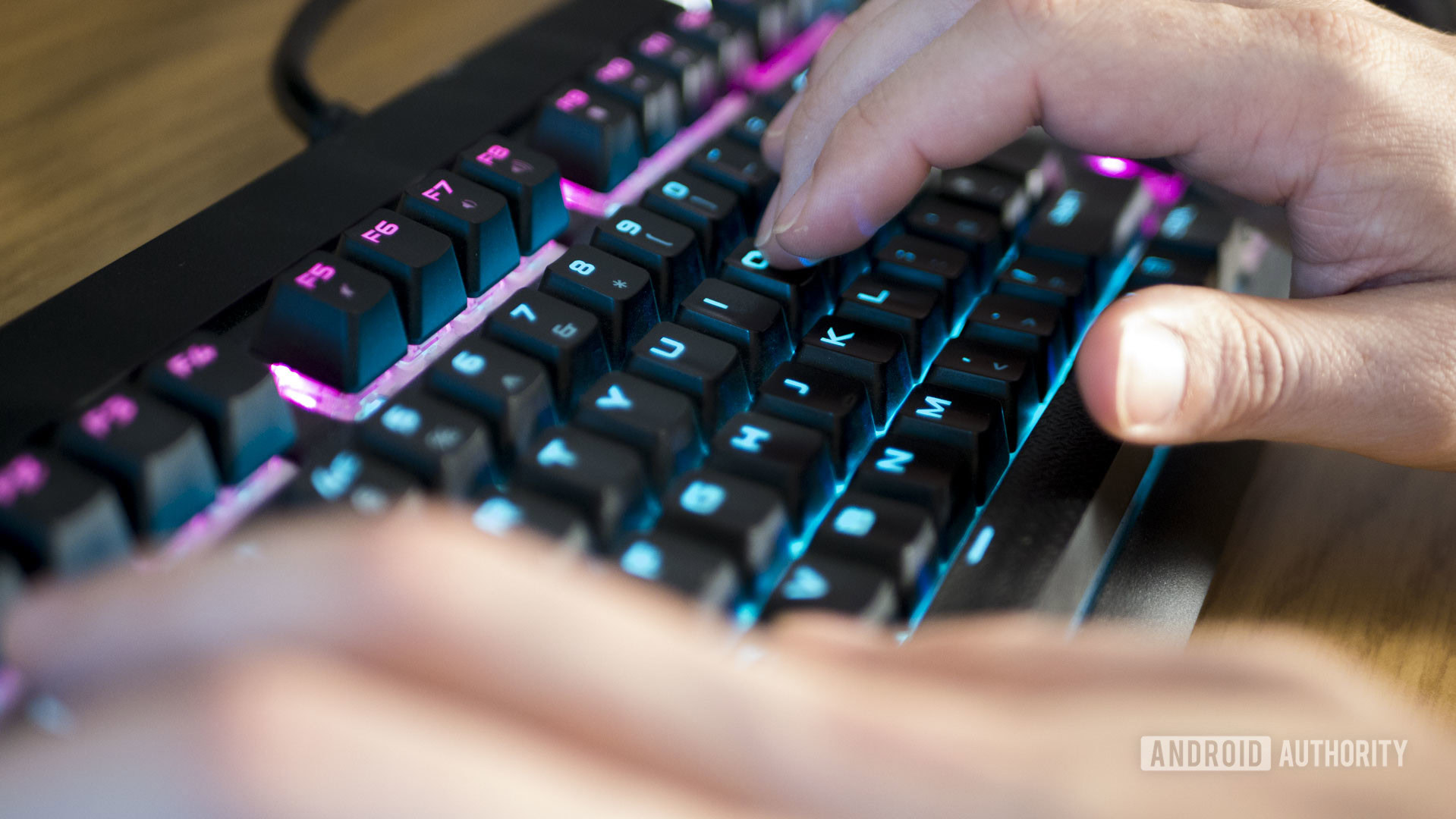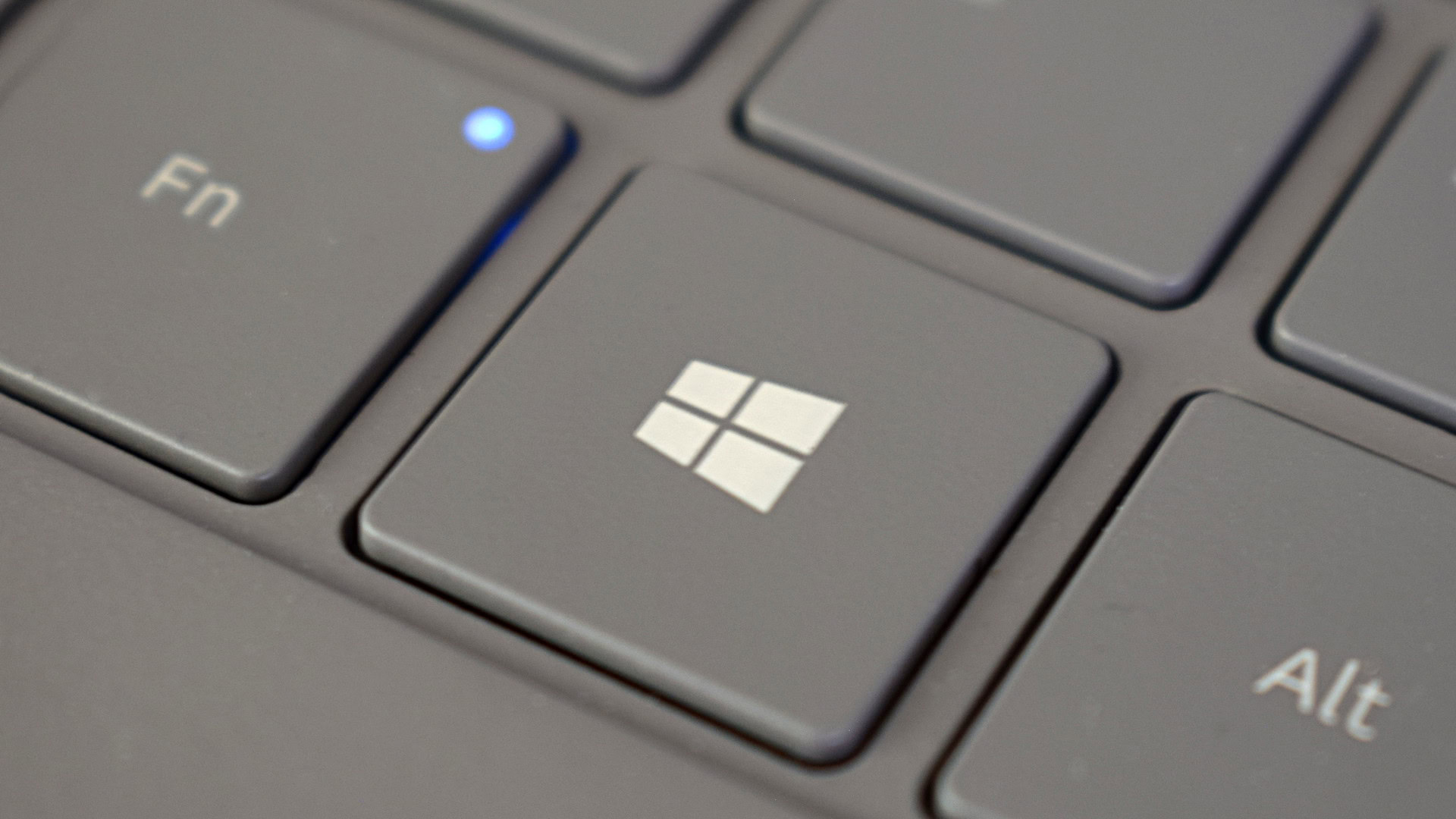Affiliate links on Android Authority may earn us a commission. Learn more.
Is your laptop keyboard not working? Here’s how to fix it in no time

Do you need extra help with your keyboard laptop not working? Connect one-on-one with an electronics expert through JustAnswer, an Android Authority partner.
Laptops are convenient portable machines, but they can cause headaches when anything goes wrong, given their all-in-one nature. This is especially the case if you’re having issues with the keyboard not working. You can do a few things to get it back up and running — some are relatively easy, and others are a bit more complicated.
In any case, you can often fix your keyboard-related problems; it’s just a matter of how quickly, and whether or not you’ll have to pay to get the job done. It may be a hardware problem, but we have some tips to see if the problem is something less crucial.
Editor’s note: Some of the steps in this article were put together using an HONOR MagicBook 14 running Windows 11. Keep in mind steps might differ depending on your device and software version.
Restart your computer
Whenever you’re having PC problems, this is the first thing to try before troubleshooting further. Restarting the computer is fast, easy, and might solve the issues you’re experiencing with your keyboard not working. The good news is you may not need a functioning keyboard to restart your laptop. You can do this using a mouse or touchpad.
How to restart a PC:
- Click on the Windows button.
- Select the Power button.
- Select Restart.
Suppose you’re experiencing problems with your mouse and touchpad; press and hold the dedicated power button on your PC for a few seconds, after which the device should turn off. Then, turn it back on by pressing the same button.
Some laptops have the power button on the keyboard, which may be unfortunate if the keyboard isn’t working. In this case, the best solution is likely to unplug the laptop, let it die, and then plug it back in and turn it on.
If your keyboard isn’t working after a fresh restart, it’s time to move on to the following tips.
Clean the keyboard
The thing about laptop keyboards is that keys tend to have minimal spacing and travel, which means the spaces inside the keys are much tighter. Sometimes, dust, hair, and other debris can affect keyboard functionality. Try to clean your keyboard as much as possible, which may be enough to get your keyboard back in working order.
Before you get started, make sure to turn off the laptop and unplug it for safety reasons. Turn the laptop upside down once you’ve done that, and then gently shake it and tap it on the bottom. Hopefully, you’ll be able to get rid of some dust and other dirt that found its way under the keyboard. If you have a brush, you can also try brushing between the keys to see if you can get anything out.
You can also blow into the keyboard, or better yet, use a can of compressed air. Of course, you can opt for the traditional disposable compressed air cans. There are plenty of them on Amazon. If you find yourself needing compressed air very often, though, using disposable cans can get very expensive over time. I have been using the electric XPOWER A-2S compressed air machine for about three years, and it works amazingly. Of course, there are other alternatives, too.
Try using an external keyboard

It never hurts to plug an external keyboard into your laptop and see if it works. If the external keyboard doesn’t work, odds are your problem is software-based. You should worry if the external keyboard actually works, though. This could mean there is a more serious hardware issue going on with your laptop’s keyboard. Don’t worry; there’s still hope!
Update your keyboard drivers
Sometimes, software goes rogue or corrupts. The same applies to component drivers, which you can easily update if you’re having issues with your laptop keyboard not working.
How to update keyboard drivers:
- Click on the Search bar in your Windows taskbar.
- Look for Device Manager and select it.
- Expand the Keyboards option.
- Find your keyboard and right-click on it.
- Hit Update driver.
- Select Search automatically for drivers.
- Follow instructions to update drivers.
Now, you can restart the computer and see if you’re still having issues with the keyboard not working.
Uninstall keyboard drivers
If updating your drivers isn’t helping, you can go all out and uninstall them. Don’t worry. The operating system will recognize your keyboard and reinstall the drivers on its own.
How to uninstall your keyboard drivers:
- Click on the Search bar in your Windows taskbar.
- Look for Device Manager and select it.
- Expand the Keyboards option.
- Find your keyboard and right-click on it.
- Hit Uninstall device.
- Confirm by selecting Uninstall.
Restart your computer again and check if the keyboard is working.
Check your keyboard layout settings
Is your keyboard still not working? Let’s dig into the settings again. If your keyboard works, but it’s typing different characters, there’s a chance you’re using a different keyboard layout. Let’s get it back to English (or whichever language layout your keyboard uses).
How to change your keyboard’s language layout:
- Click on the Windows button.
- Find the Settings app and open it.
- Go into Time & language.
- Select Language & region.
- Under Preferred languages, find your language. Click on the three-dot menu button next to it.
- Select Language options.
- Go to the Keyboards section and ensure you’ve installed your keyboard’s native language layout.
Check for malware or viruses
Malware and viruses can affect your computer in many ways; one of them is limiting your keyboard functionality. It’s hard to get rid of malware or viruses yourself, but there is plenty of great software to help you clean up your computer.
Popular apps to handle malware and viruses:
Alternatively, you can use Windows Security, Microsoft’s native antivirus tool. It comes pre-installed on Windows machines and works very well.
Enter the BIOS

We’ve exhausted all the basic software and settings options. Now it’s time to dig deeper into the computer’s more serious options. Let’s look into the BIOS to determine if the system recognizes the keyboard.
Use the BIOS to check if the computer recognizes the keyboard:
- Turn your computer off, then turn it back on.
- Try to enter the BIOS settings.
- This method will be different, depending on your computer. You usually need to repeatedly press a specific key while the computer is booting up. Which key to press depends on your laptop — it’s usually F2 or Delete.
- The exact keys to use will often be displayed at the bottom of the screen while your PC is booting up.
- Do some research if you can’t figure out how to enter the BIOS. A quick Google search should help you find your laptop’s specific procedure for accessing the BIOS.
If you can enter the BIOS, a software issue is to blame for your keyboard-related problem. But if you can’t enter BIOS, you’re most likely dealing with a hardware problem. This is because a working keyboard should always work in the BIOS, even if it isn’t operating within Windows.
Warning: We have established the reason for your keyboard not working may be a hardware problem. All upcoming recommendations require at least a slight level of tinkering with your hardware. Keep in mind doing this may void your warranty, and you can damage your device if you don’t know what you’re doing. Do your research, be careful, and be mindful that anything that happens will be only your responsibility. If you don’t feel confident about playing around with your device, skip everything and get professional help.
Is anything inside unplugged?

If you know your way around PC internals, you may want to look inside and see if anything is unplugged (or damaged). Sometimes, keyboards get disconnected from the motherboard. While you’re in there, you should also see if anything else looks off.
Try removing the battery
Sometimes, the battery can cause keyboard-related problems, especially if it overheats. In addition, batteries can expand when they get older, causing pressure inside the device and pushing the keyboard out of place. Just try removing it and plugging the computer directly into the power. Turn your laptop on and see if the keyboard works.
Of course, removing the battery or opening the device can be a daunting task. Not to mention, manufacturers aren’t fond of people opening laptops and may choose to invalidate your warranty, especially if opening it causes any added damage. Additionally, dealing with a swollen battery directly can be very dangerous. Only try this if you are very sure of your abilities with a computer.
If everything fails and you still have issues with the keyboard not working, it’s time to go to a professional. If your computer is still under warranty, get in touch with the manufacturer and try to get it repaired. You may also want to look into making an insurance claim, if you purchased insurance for it. You can also find local repair shops or get extra help from JustAnswer, an Android Authority partner.